In the serene tapestry of backyard wildlife management, birdbaths serve as vital oases for our feathered friends. These simple water features not only enhance your garden’s aesthetic appeal but also provide essential hydration and bathing facilities for local bird populations. However, what happens when the perfect birdbath you’ve carefully selected is suddenly unavailable? Whether due to supply chain disruptions, manufacturing discontinuations, or seasonal availability issues, the disappearance of your ideal birdbath can create unexpected challenges for both you and your avian visitors. This article explores the ripple effects of this seemingly small inconvenience and offers practical solutions to ensure your backyard remains a welcoming haven for birds despite such setbacks.
The Ecological Impact of Removing a Birdbath
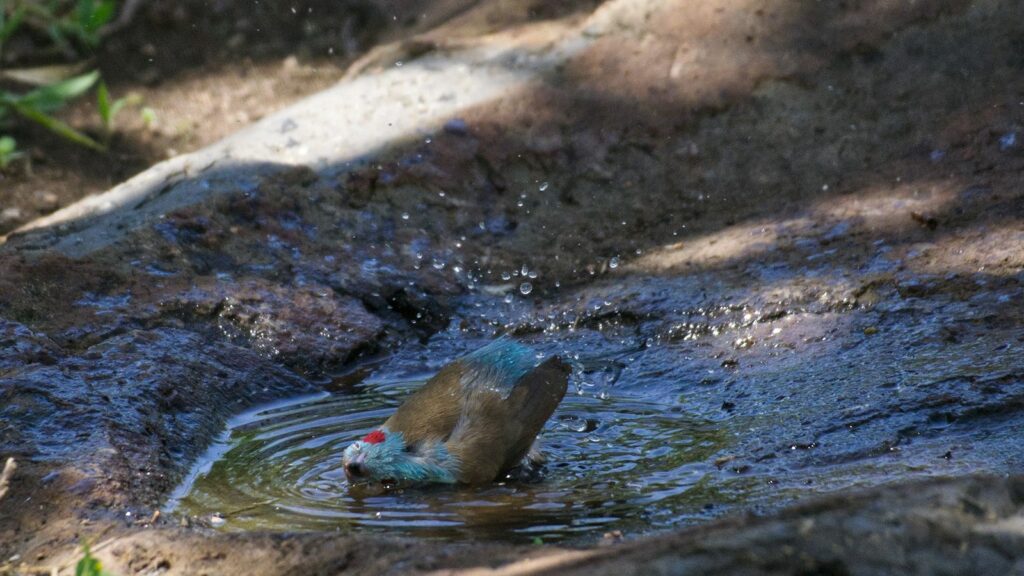
When a birdbath suddenly disappears from your yard, the ecological consequences extend beyond mere inconvenience. Birds establish routines around reliable water sources, particularly in arid regions or during drought conditions where natural water may be scarce. The abrupt removal of this resource can force birds to expend precious energy searching for alternative hydration sources, potentially exposing them to predators or hazardous environments. During nesting season, parent birds may struggle to maintain proper hydration while caring for their young, potentially affecting reproductive success. Additionally, the absence of a bathing facility can compromise birds’ ability to maintain proper feather condition, which is essential for efficient flight, insulation, and overall health.
How Birds Become Dependent on Regular Water Sources
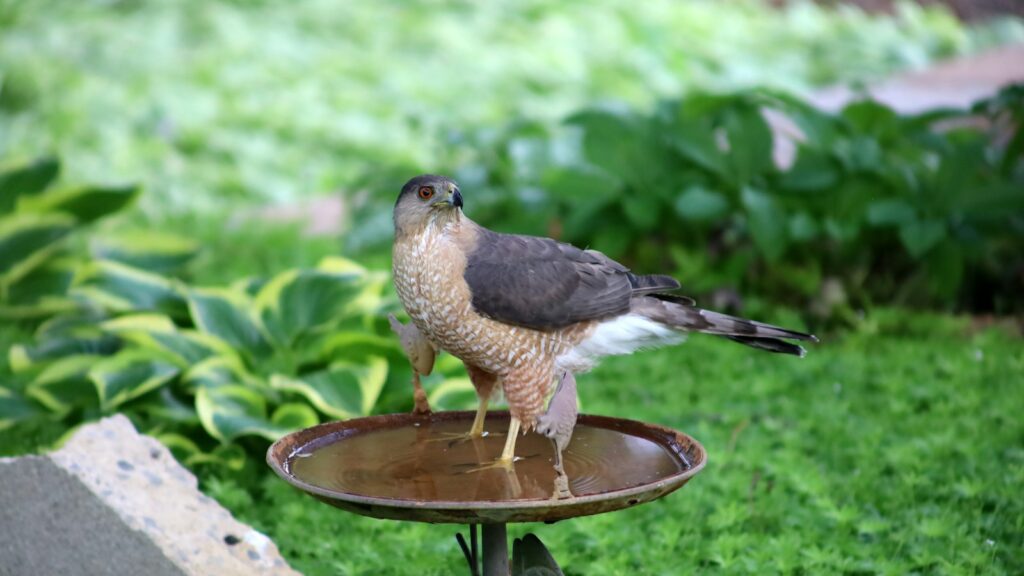
Birds develop strong site fidelity to reliable water sources, incorporating these locations into their daily routines. Research indicates that many species can remember the location of water sources for months or even years, returning regularly as part of established flight patterns. This dependency becomes particularly pronounced during extreme weather conditions—whether summer heat or winter freeze—when natural water sources may be limited or inaccessible. Over time, birds may synchronize their feeding and nesting activities around these dependable water features, creating an intricate relationship with human-provided resources. The regular visitors to your birdbath may have adjusted their territories specifically to include your yard as a critical resource point in their daily survival strategy.
Seasonal Considerations When a Birdbath Is Unavailable
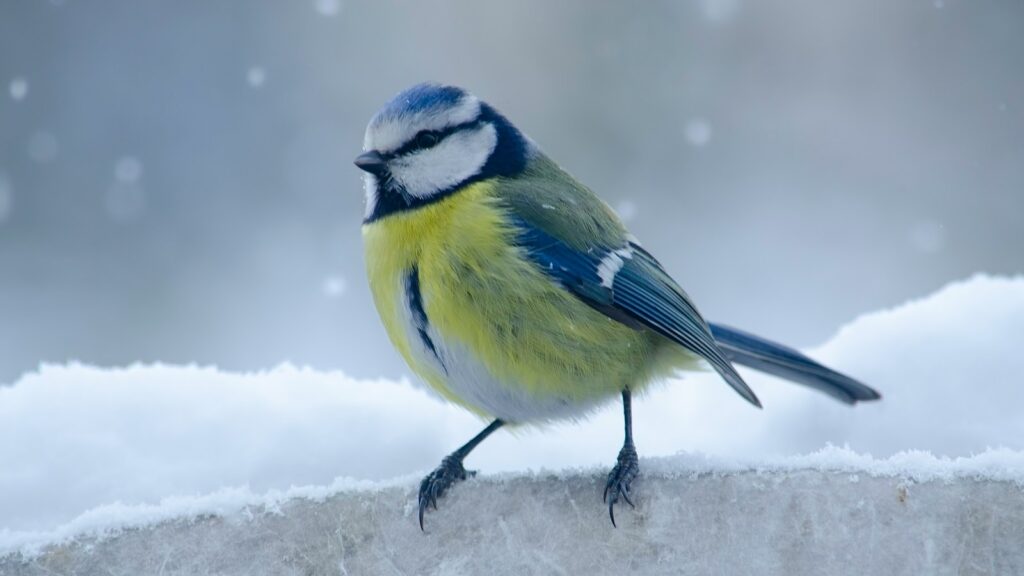
The impact of a missing birdbath varies dramatically depending on the season. During summer months, the absence of a reliable water source can be potentially life-threatening as birds may struggle to maintain proper hydration in high temperatures, leading to heat stress or dehydration. Spring brings nesting season, when parent birds require convenient water access to support both themselves and their growing offspring. Fall migration periods mean your yard may serve as a critical refueling station for species traveling long distances, with water availability directly affecting their journey success. Winter presents unique challenges, as natural water sources freeze and birds need unfrozen water not only for drinking but also for maintaining feather condition during harsh weather conditions.
Emergency Alternatives to Traditional Birdbaths
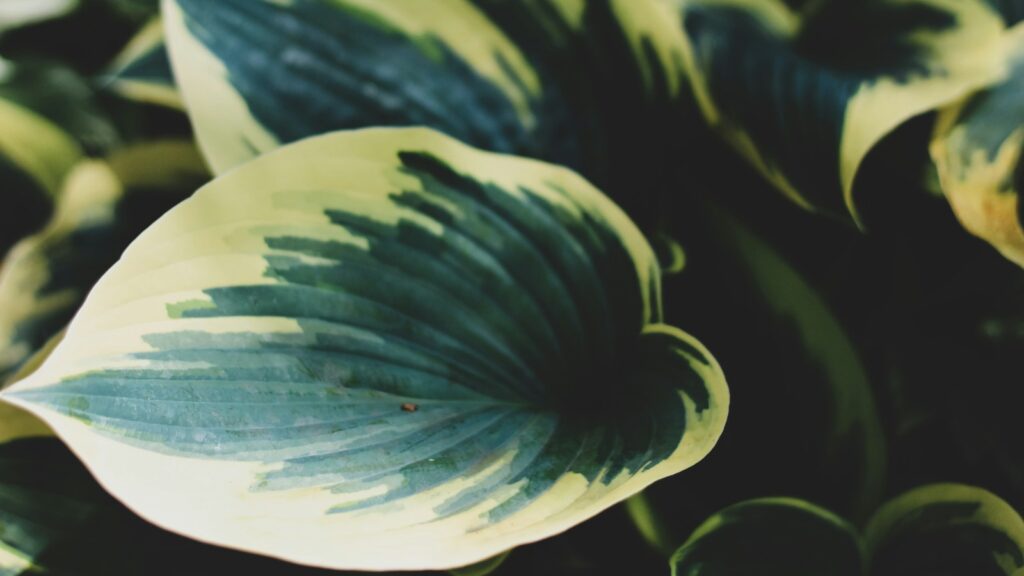
When your ideal birdbath suddenly becomes unavailable, several household items can serve as effective temporary replacements. A shallow baking dish, plant saucer, or even the lid of a large storage container can provide adequate bathing and drinking facilities when placed securely at an appropriate height. Repurposed decorative bowls with non-slippery surfaces make excellent emergency options, particularly when equipped with a few strategically placed stones to provide landing and perching spots. For a more natural approach, a large leaf from plants like hostas or elephant ears can temporarily hold enough water for smaller bird species. Even a clean garbage can lid, properly stabilized and filled with just an inch or two of water, can serve as an impromptu birdbath until a permanent solution is found.
DIY Birdbath Solutions When Commercial Options Disappear
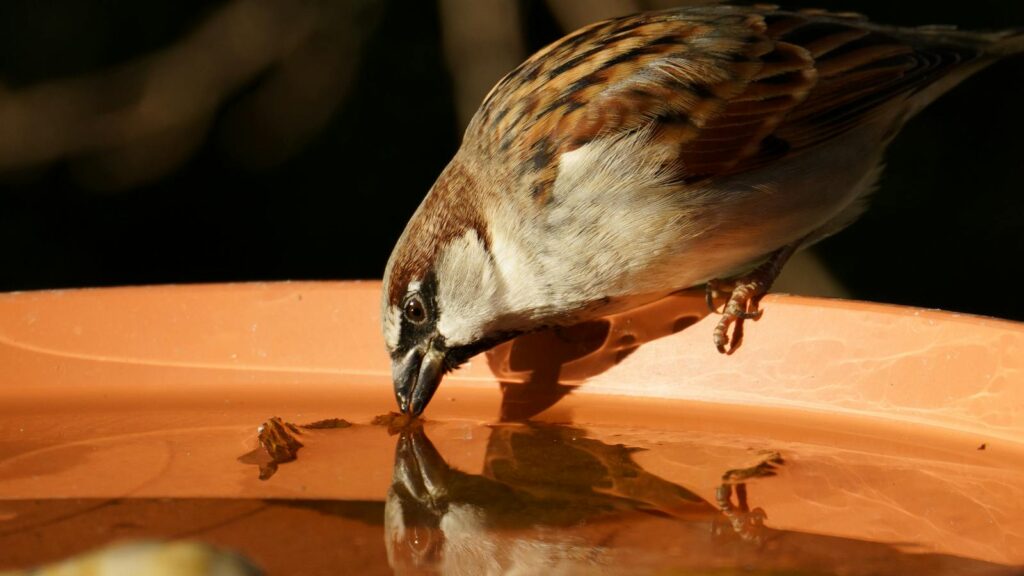
Creating your own birdbath can be a rewarding solution when commercial options are unavailable. A simple yet effective design involves cementing a large terracotta saucer atop an inverted flowerpot, creating a stable and attractive pedestal bath. For a more natural aesthetic, a shallow depression carved into a large log or stump, sealed with waterproof epoxy, provides a rustic bathing spot that blends seamlessly into garden landscapes. Repurposing items like old sinks, vintage light fixtures, or even large serving platters mounted on salvaged furniture bases can create unique focal points while serving birds’ needs. More ambitious DIY enthusiasts might consider constructing a circulating birdbath using submersible pumps and flexible tubing, creating moving water that particularly attracts species like warblers and thrushes that are drawn to the sound and sight of flowing water.
The Psychological Impact on Avid Birdwatchers
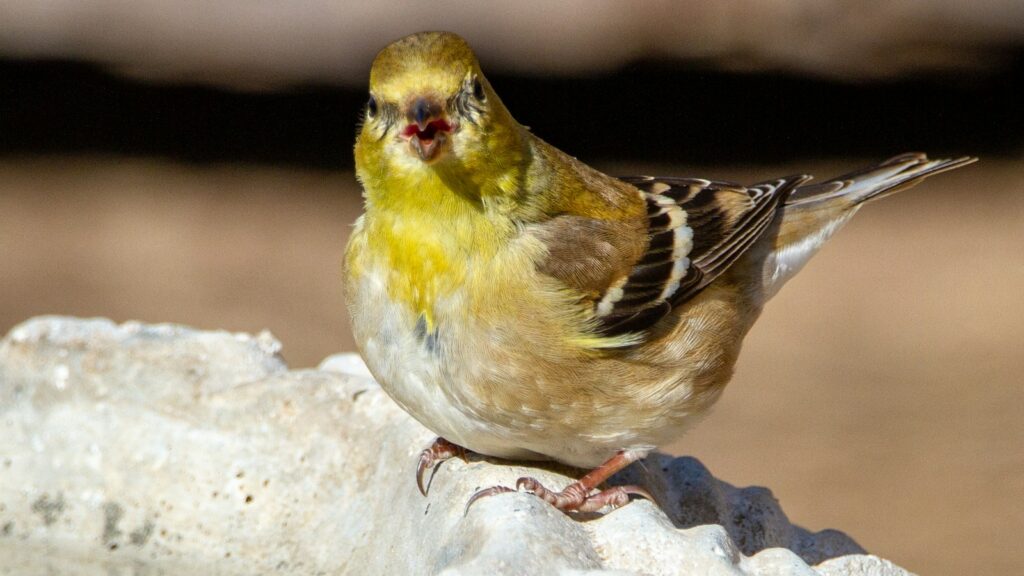
For dedicated birdwatchers, the sudden disappearance of a birdbath can trigger notable emotional responses beyond mere disappointment. Many enthusiasts develop deep connections with their regular avian visitors, considering them part of their extended backyard community. When the birdbath that drew these creatures disappears, birdwatchers often report feelings of responsibility and concern for the welfare of “their birds.” This emotional investment reflects the significant psychological benefits humans derive from connecting with wildlife, including reduced stress levels and improved mental wellbeing. The absence of familiar birds visiting can create a genuine sense of loss, as daily observation routines are disrupted and anticipated encounters no longer occur. This psychological impact underscores how integral these simple water features become to not just birds’ lives but to the humans who enjoy observing them.
How to Properly Introduce a Replacement Birdbath
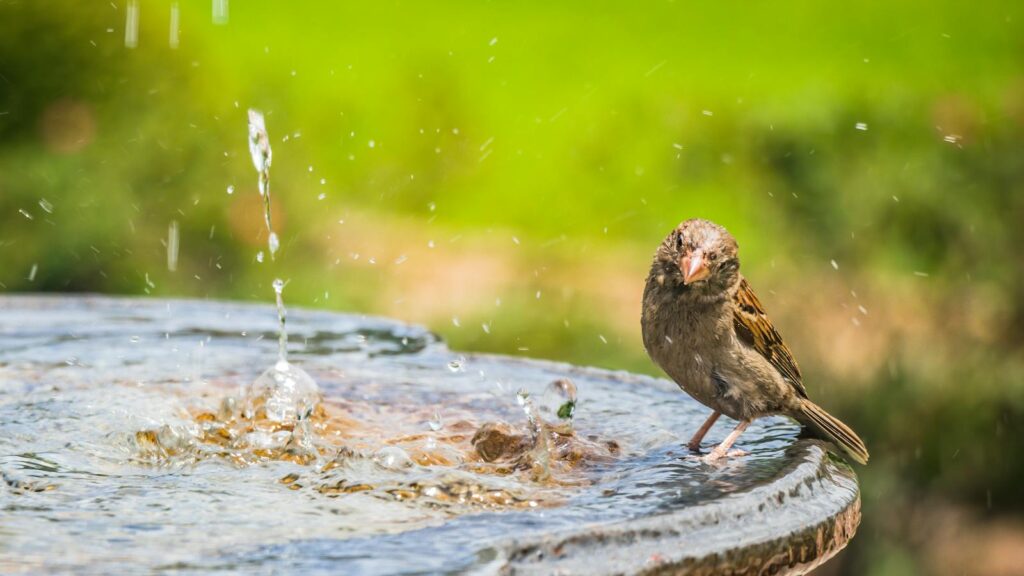
When introducing a replacement birdbath, strategic placement is crucial for ensuring birds discover and adapt to the new water source. Position the new bath in approximately the same location as the previous one to take advantage of established flight patterns and territorial knowledge. Adding visual cues like familiar perches or distinctive decorative elements from the old bath can help birds recognize the new feature as a water source. Consider enhancing visibility by adding a water dripper or small fountain attachment, as moving water attracts birds from greater distances through both sound and reflective properties. Patience is essential during this transition period, as birds may take anywhere from a few days to several weeks to fully accept and regularly use the replacement bath, depending on species, season, and how drastically different the new bath appears from the previous one.
Environmental Factors Affecting Birdbath Availability
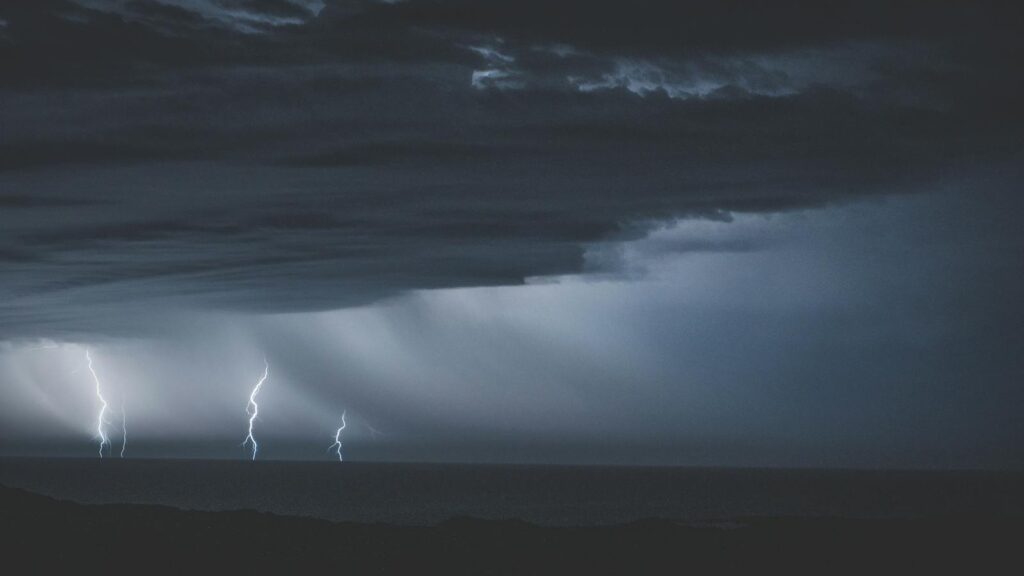
Various environmental factors can unexpectedly impact birdbath availability in the marketplace. Climate change-related weather events have increasingly disrupted global supply chains, affecting manufacturing and shipping of outdoor products including garden accessories like birdbaths. Resource scarcity, particularly for materials like specific types of stone or metals used in higher-end models, can lead to production limitations or price increases that effectively remove certain styles from the average consumer’s reach. Industry trends toward more sustainable manufacturing sometimes result in the discontinuation of traditional designs that relied on less environmentally friendly materials or processes. Additionally, seasonal retail cycles often dictate when stores stock outdoor items like birdbaths, potentially creating artificial scarcity during off-peak seasons when replacements might be urgently needed due to damage or wear.
The Role of Water Features in Bird Health and Survival
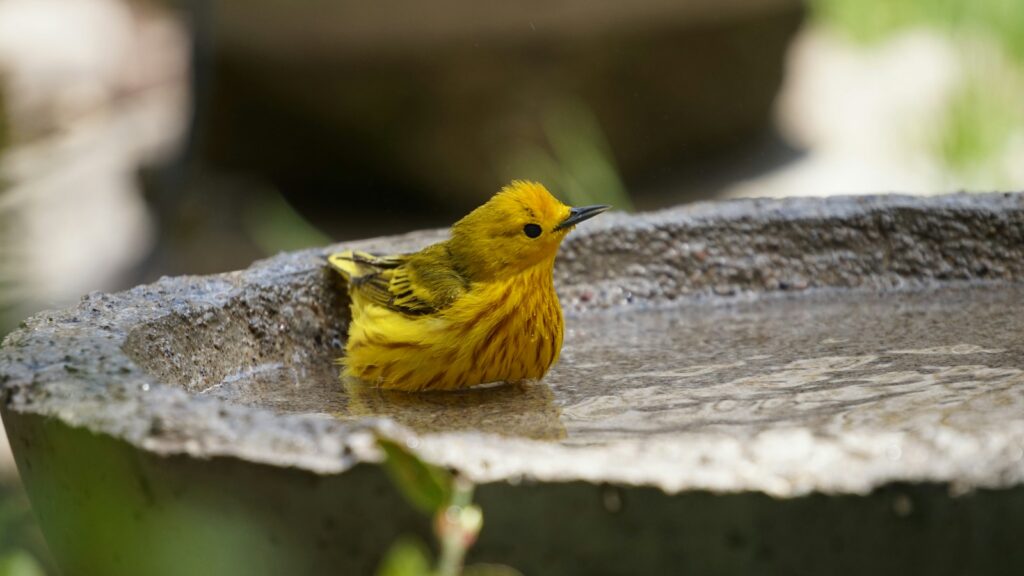
Clean water sources play a multifaceted role in avian health beyond the obvious function of hydration. Regular bathing is essential for maintaining feather condition, as it removes dirt, parasites, and loose feathers while helping distribute natural protective oils throughout the plumage. This maintenance directly impacts flight efficiency, insulation capabilities, and overall defense against environmental challenges. Water features provide critical humidity regulation for birds during extreme temperature conditions, allowing them to cool down through evaporative processes during heat waves. Accessible water sources significantly reduce birds’ energy expenditure by eliminating the need for long-distance flights in search of hydration, particularly beneficial during high-energy periods like breeding season or migration preparation. For many urban and suburban bird populations, human-provided water features have become increasingly important as natural wetlands, streams, and other water sources continue to diminish due to development and climate change.
Economic Considerations When Replacing Birdbaths
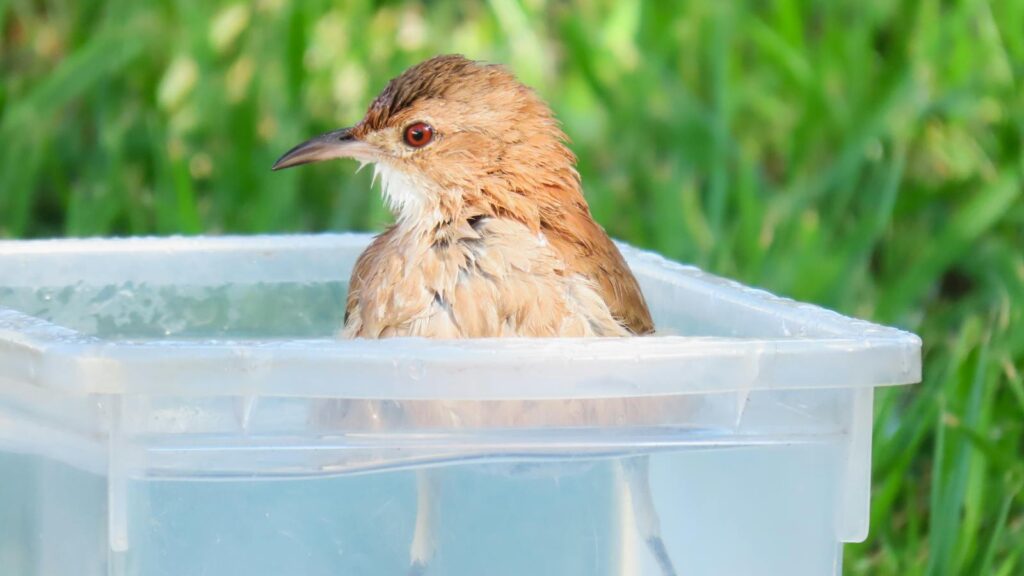
The unexpected replacement of a birdbath can present significant economic challenges, particularly when the original was an investment piece. Premium birdbaths crafted from materials like copper, hand-carved stone, or weather-resistant ceramics often represent substantial financial commitments, sometimes costing hundreds of dollars. When forced to make an unplanned replacement, consumers may face difficult decisions between temporary budget solutions and investing in another long-term feature. Seasonal pricing fluctuations further complicate matters, as birdbaths typically command premium prices during spring and early summer when demand peaks. Budget-conscious bird enthusiasts might consider exploring secondhand marketplaces, garden center end-of-season clearances, or manufacturer scratch-and-dent sales to find quality replacements at reduced prices. Additionally, some homeowner’s insurance policies may cover damaged outdoor fixtures, including decorative elements like birdbaths, providing potential financial relief when damage occurs from covered incidents like storms or vandalism.
Community Resources for Birdbath Emergencies
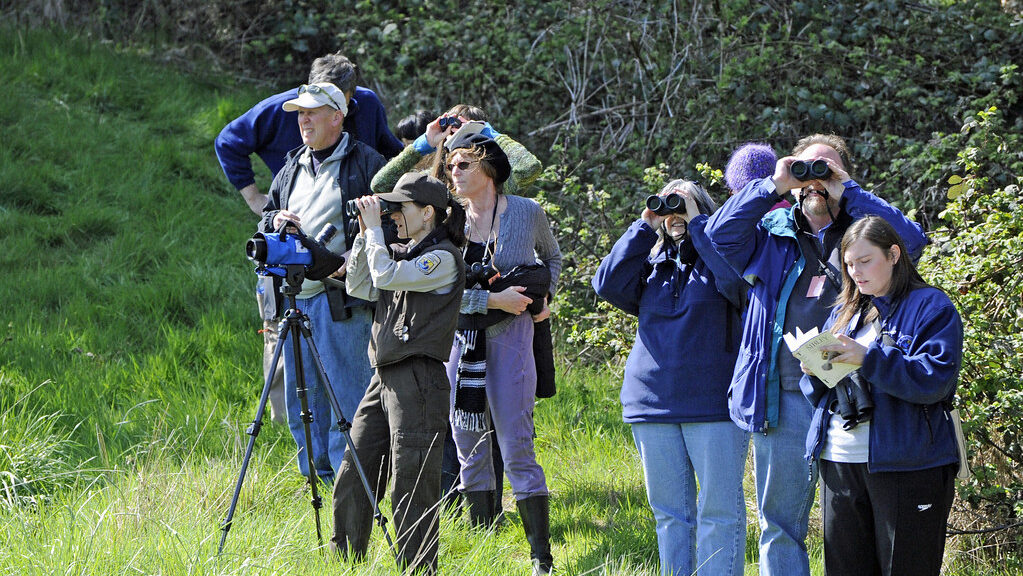
Local birding communities offer valuable support systems when facing birdbath emergencies. Audubon Society chapters, ornithological associations, and community garden groups often maintain lending libraries of equipment including temporary birdbaths for members experiencing unexpected losses. Social media platforms dedicated to backyard birding frequently feature marketplace sections where enthusiasts can quickly source replacement baths from fellow hobbyists looking to upgrade or downsize their own collections. Community science initiatives like Project FeederWatch sometimes partner with manufacturers to provide emergency replacement equipment to consistent data contributors, recognizing the importance of continuous observation. Additionally, many urban nature centers and wildlife rehabilitation facilities maintain lists of local residents willing to share resources during wildlife emergencies, including providing temporary water features during critical periods like heatwaves or droughts when normal birdbath unavailability could have serious consequences.
Long-term Planning for Birdbath Continuity
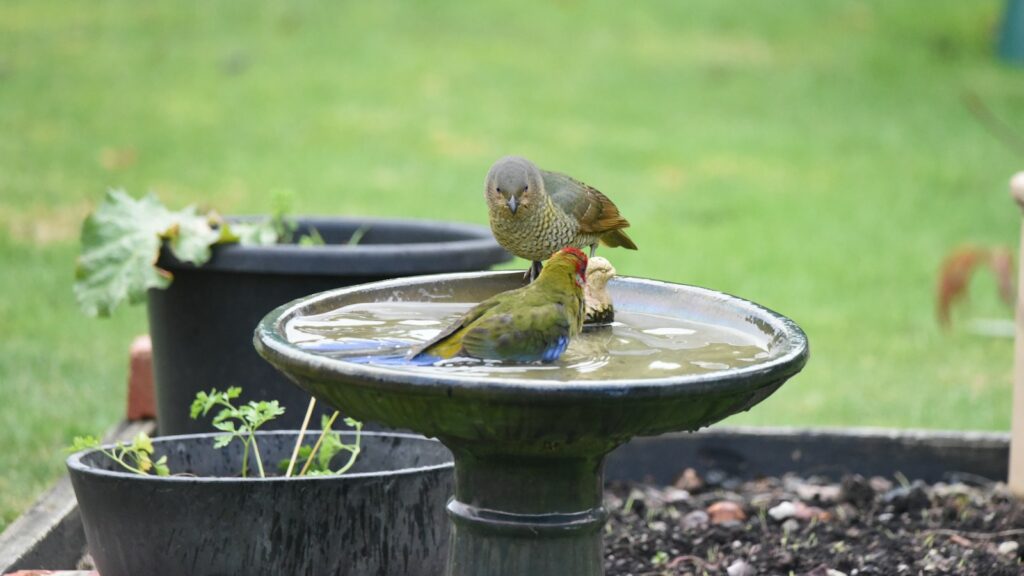
Preparing for potential birdbath unavailability through thoughtful planning can prevent disruption to your backyard ecosystem. Consider maintaining a simple backup bath stored in a garden shed or garage, ready for immediate deployment should your primary bath become damaged or unavailable. Establishing multiple water sources of different types throughout your property creates redundancy that benefits both birds and observers, ensuring continuity even if one source is compromised. Documenting the specifications of your current bath—including precise dimensions, material composition, and manufacturer information—facilitates easier replacement if the exact model becomes unavailable. Developing relationships with local garden centers or specialty bird supply retailers can provide valuable insider information about inventory challenges, allowing you to stock up on replacement parts or complete units when supply chain issues are anticipated. This proactive approach to birdbath management ensures your yard remains a reliable resource for local wildlife regardless of market availability fluctuations.
How to Adapt Your Birdwatching Habits During Transition Periods
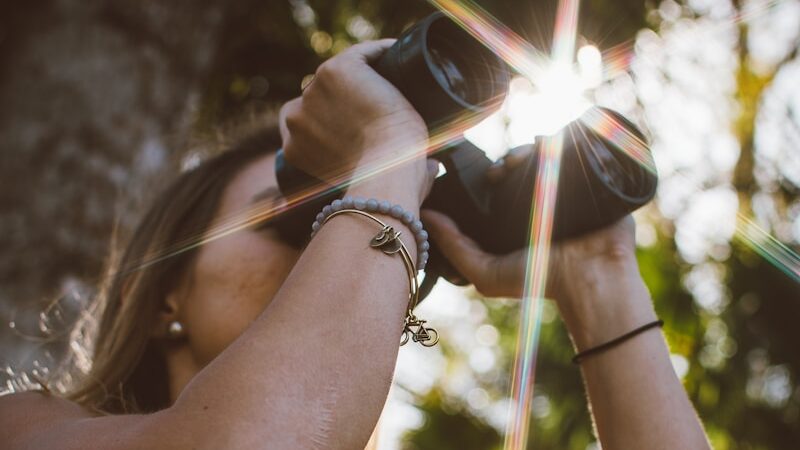
During birdbath transition periods, adjusting your observation techniques can maintain rewarding birdwatching experiences despite the temporary disruption. Consider repositioning your observation area to monitor both the emergency water source and surrounding perches where birds may stage before approaching the unfamiliar setup. Temporarily increasing supplementary offerings like high-moisture foods (fresh fruits, mealworms, or specialized high-water-content bird foods) can help support birds’ hydration needs while they adjust to the new water arrangement. Document behavioral changes through photography or journaling as birds discover and acclimate to replacement water sources, providing valuable insights for future reference and deepening your understanding of avian adaptation strategies. Expanding your observation focus to include natural water sources in your broader neighborhood—such as streams, ponds, or even large puddles after rainfall—can reveal fascinating insights about how local bird populations navigate resource fluctuations and maintain flexibility in their daily routines.
Conclusion
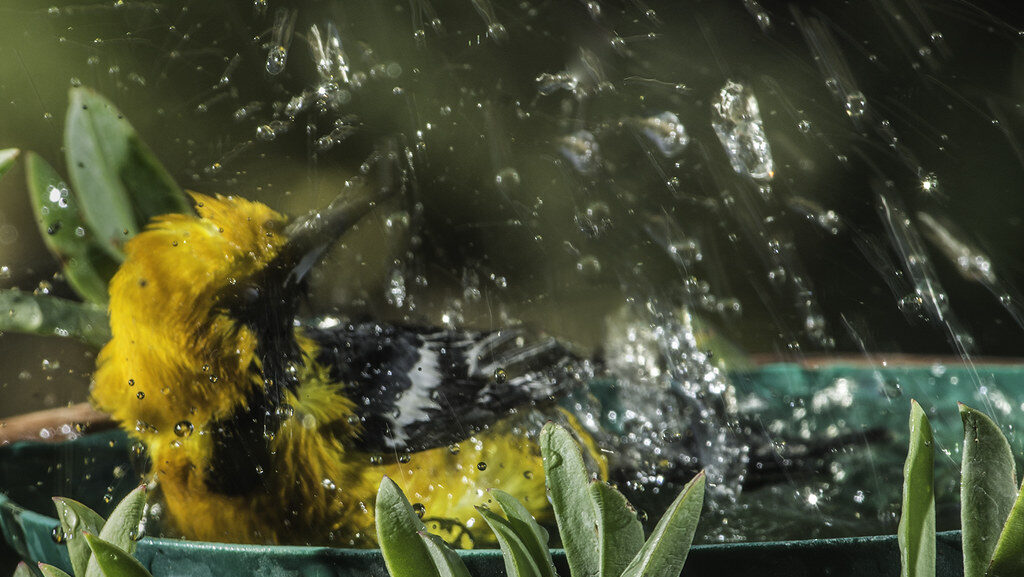
The disappearance of the right birdbath, while seemingly a minor inconvenience, ripples through both avian ecology and human enjoyment in surprisingly significant ways. Birds depend on reliable water sources for their survival and well-being, while humans forge meaningful connections with nature through these simple garden features. By understanding the implications and preparing contingency plans, you can ensure continuity of care for your feathered visitors even when faced with unexpected supply challenges. Whether through DIY alternatives, community resources, or strategic planning, maintaining water access for birds represents a small but meaningful contribution to local biodiversity conservation. As climate change continues to impact natural water sources, these human-provided features become increasingly vital components of wildlife-friendly landscapes, worthy of thoughtful consideration and proactive management.
